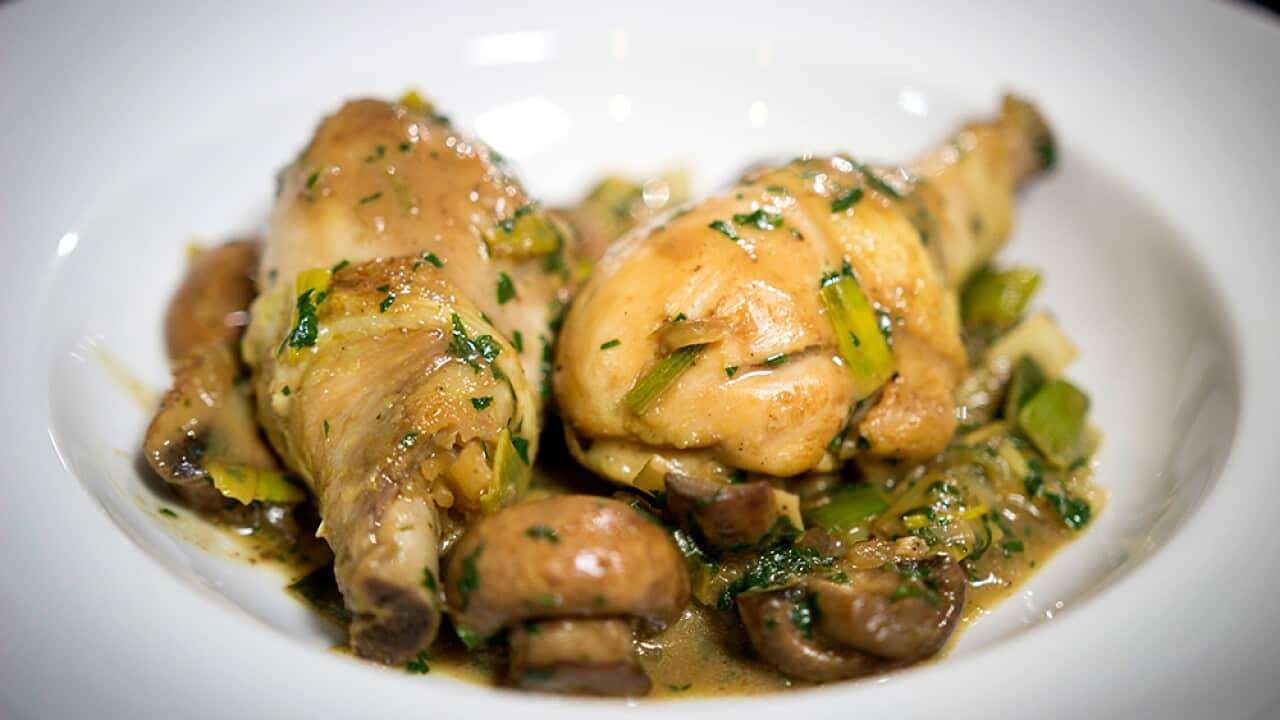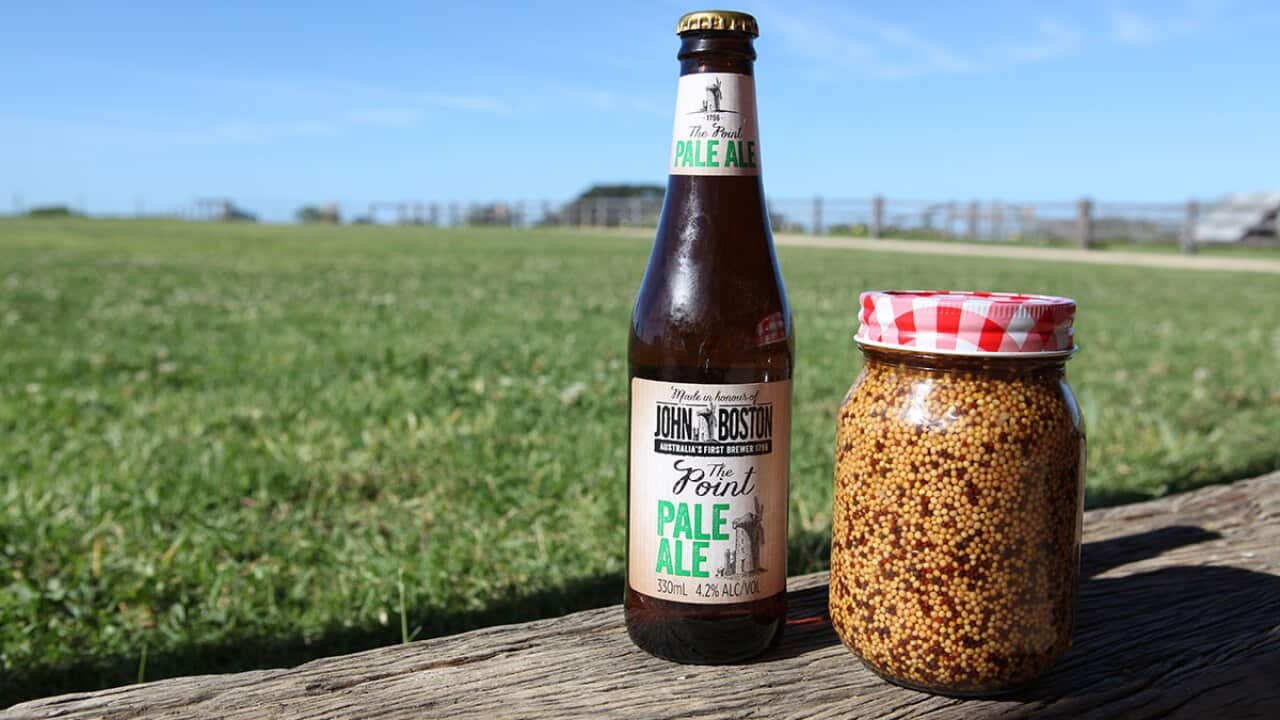A beef stew is a beef stew is a beef stew - unless you live in France, where stews have particular names depending on the cut of the meat in them, the booze they float in (there's almost always something alcoholic) or the part of the country they come from.
A daube traditionally is made with cubes of beef and red wine, and, if you're from Provence, you might add olives and/or a strip of orange peel. Beef a la mode, which uses a hunk of meat, is what Americans might call pot roast. Beef bourguignon comes from Burgundy (Bourgogne) and uses the pinot noir that's the pride of its region. And then there's carbonnade, the outlier.
Sometimes called Flemish beef stew, and most notable because beer is the braising liquid, beef carbonnade is the stew of choice in Belgium and in the north of France - places too cold for growing wine grapes but famed for their beer. Ale makes for a heartier stew than does wine, one that's more suited to its original chilly terroir and one that's welcome here while we wait for spring to show up.
beef carbonnade is the stew of choice in Belgium and in the north of France, places too cold for growing wine grapes but famed for their beer
At its most traditional, the carbonnade pairs beef with slow-cooked, caramelised onions. In fact, it's as much about the onions as it is about beef. It always has a sweet-sour edge, thanks to the addition of brown sugar (beloved in northern France) and cider vinegar. Because I like playing the sweet-sour card, I've upped its punch here by adding mustard and tomato paste, allspice, cloves and more thyme and bay leaves than a French cook might. Seasoned like that, the stew has it all: It's sweet, sour, (just a little) bitter (from the ale), salty and packed with umami.
A word on the beer: If you can, choose a Belgian ale, preferably a Trappist or abbey beer; I often use Chimay. But if what you've got is domestic, carry on.
COOK WITH BEER

Chicken and beer casserole (Poulet à la bière)
Takeaway tips
It's important to give both the beef and the onions a generous helping of TLC. Here are my tips:
• Don't crowd the meat. This is good advice for any kind of stew. Before you slip the beef into its flavorful broth, it should be well browned on all sides, even a bit charred. The only way to get good color is to cook the beef in batches, making sure there's room between each morsel. Crowd the pan, and you'll steam the meat.
• Let the meat brown in peace. Put the cubes in the hot pan, then leave them alone. Don't stir the meat, and don't turn the pieces until you must. Allow the meat to brown on one side, then turn it.
• If some bits stick to the pan, so much the better. You'll unstick them when you add the liquid, and the stew will taste deeper and richer for their being there. However, if after you've browned the meat the oil has gone black, pour it out and lightly wipe the pan (leaving the bits, sometimes called the fond). Burned oil doesn't make anything taste good.
• For the onions, patience is the word of the day. Cook them over medium-low heat, stirring frequently, until they are the color of caramel. Once you achieve that color, you will get the onions' distinctive sweetness.
• Put your time in, in the beginning, then sit back. The stew cooks happily on its own - no stirring, no tending - for three hours. Like all good stews, it can be made ahead and reheated.
• Traditionally, a carbonnade is cooked without vegetables. However, there's no rule about being traditional. If you'd like, you can drop some pieces of root vegetables into the pot - such as carrots, parsnips, celery root, Jerusalem artichokes and turnips - after the beef has cooked for about 90 minutes. Or steam some vegetables, and add them to the stew about 20 minutes before serving.
I like the carbonnade served over buttered noodles. And, yes, not surprisingly, I like it served with beer.
Taste le Tour with Gabriel Gaté airs every night from Saturday 6 July and finishes Sunday 28 July 2019. Visit the to catch-up on episodes online, scroll through recipes or find out more about the show.












